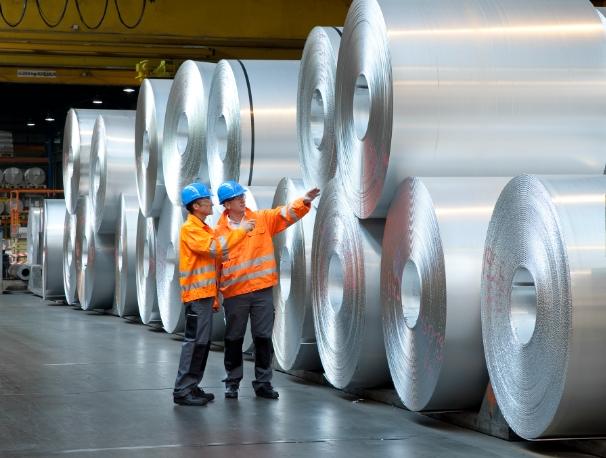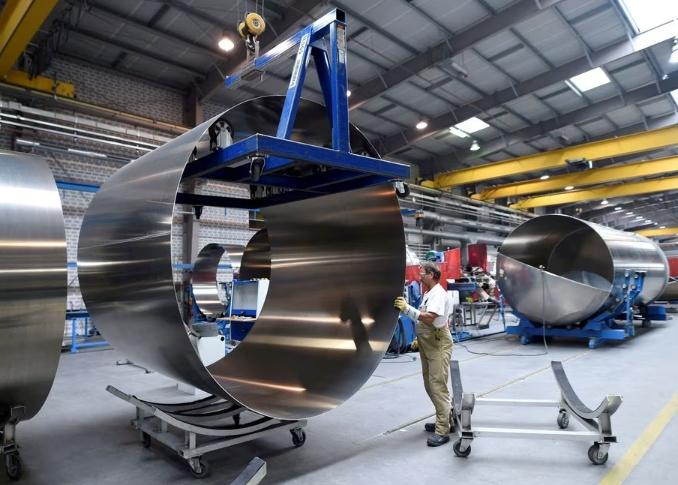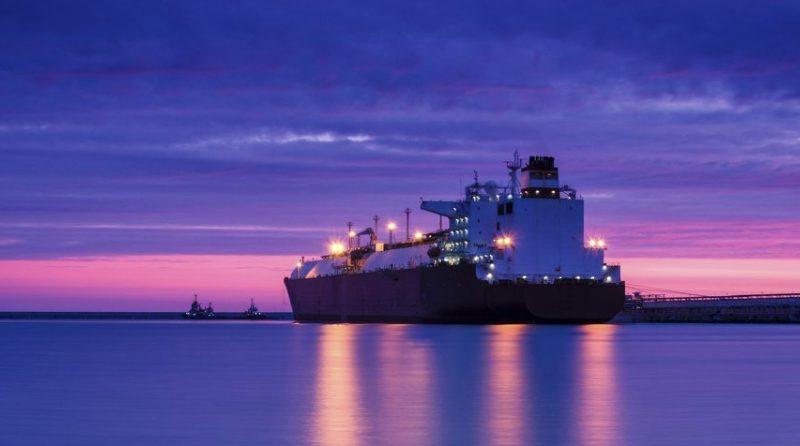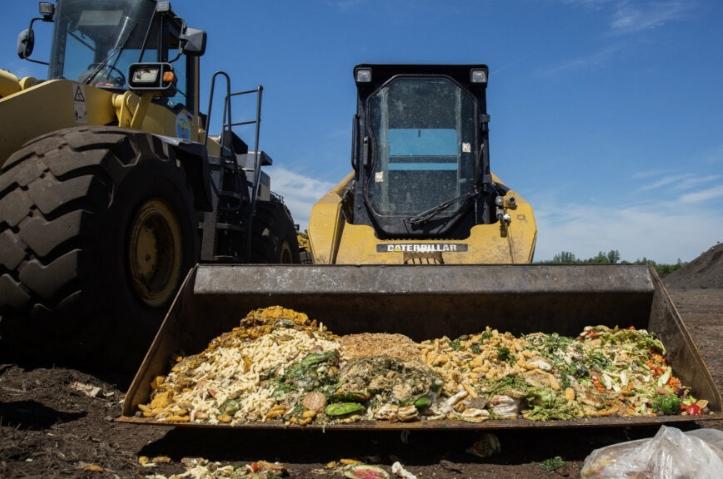Countries within the European Union (EU) have now included aluminium in the Critical Raw Materials Act (CRMA), a roster of essential minerals and metals. This Act is pivotal to the EU’s blueprint for securing the crucial resources needed to stand toe-to-toe with the United States and China in the global endeavour to reduce carbon emissions.
Initially, aluminium’s absence from the CRMA sparked vehement criticism from segments of the industry. The Federation of Aluminium Consumers in Europe reprimanded EU decision-makers, accusing them of making counterproductive choices.
The Rise of Green Metal
Aluminium, boasting a stellar strength-to-weight ratio, ranks as the second most popular metal in contemporary society, right after steel. Its versatility is set to skyrocket as we step deeper into the era of energy transformation. Aluminium’s crucial role in the green energy sector is undeniable, with the World Bank tagging it as a “high-impact” and “cross-cutting” element in a spectrum of green technologies, ranging from solar to geothermal.
Electric vehicles (EVs) are not left out of this revolution; aluminium’s lightweight nature promises enhanced efficiency, squeezing extra mileage from lithium-ion batteries. Predictions by the International Aluminium Institute (IAI) are bold – a nearly 40% surge in global demand, hitting 119.5 million metric tons by 2030. To meet this, an additional 33.3 million metric tons of this ‘green metal’ must grace the market within a decade.
European Production: A Stumbling Block
Yet, a cloud of uncertainty hovers over Europe’s ability to ramp up primary production. A concerning decline has plagued Western European aluminium production, plummeting from over 4.5 million metric tons to a current 2.7 million. High energy costs in Europe and an influx of Chinese exports, majorly as semi-fabricated products, have tightened the noose around the sector’s neck.
Energy, a vital lifeline for aluminium smelters, has been a casualty of geopolitical tensions. Europe saw a slash in its primary smelter capacity by 850,000 tonnes between October 2021 and March 2022. Some facilities, like Alcoa’s Spanish plant, are poised for a comeback with lower-carbon power supplies, while others might be bidding a final farewell.

The Import Dilemma
The EU’s aluminium consumption teetered around 5.0 million metric tons annually over the 2016-2020 period. The dependency on imports stood at 56%, a stark contrast to the 89% reliance on bauxite imports. Yet, the sources of these imports cast a shadow of vulnerability over Europe. A significant chunk of primary aluminium imports originated from a nation now embroiled in heightened geopolitical tensions.
The sanctioning of this major supplier by both the United States and Britain has not been echoed by Europe, primarily due to the intricate intertwining of supply chains. Yet, the escalating rift between the EU and this eastern powerhouse post-February 2022 exacerbates the vulnerability of Europe’s aluminium supply.
Powering the Future
Marking aluminium as a critical raw material is a triumph for Europe’s aluminium sector. But it is just the opening chapter. The preservation and augmentation of the bloc’s primary smelting capacity hinge on the availability of low-cost power – a resource currently in scarcity.
The shift towards greening aluminium production amplifies the challenge, demanding a bounty of renewable power. The impending EU’s carbon border adjustment mechanism stirs up another storm, potentially escalating import costs without curbing global emissions in a sector under China’s dominance.
A Multi-Dimensional Challenge
The CRMA sets ambitious targets for 2030 – 10% of consumption for production, 20% for recycling, and 50% for processing. Supplier diversity is also on the cards, with a cap of 65% of imports from any single source. These objectives necessitate a comprehensive strategy, intertwining green power affordability, re-evaluation of import duties, and a tailored approach to the impending carbon border mechanism.
“The journey towards meeting these ambitious targets while nurturing a robust, green, and self-sufficient aluminium industry in Europe is multifaceted,” says an industry expert.
Incorporating aluminium into the critical raw materials list is a commendable stride. Yet, it’s merely the tip of the iceberg in the complex dance of elevating Europe’s aluminium industry to a pinnacle of green, self-sufficient, and globally competitive stature.



